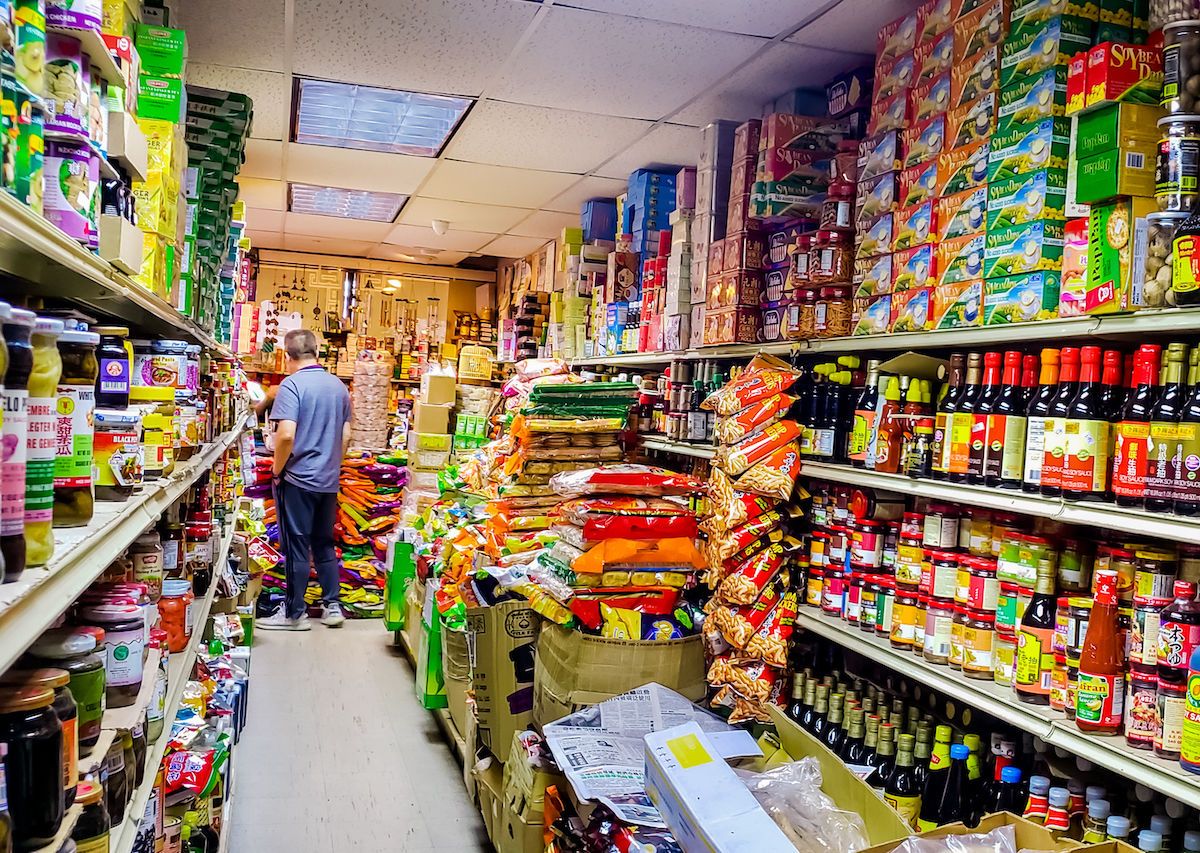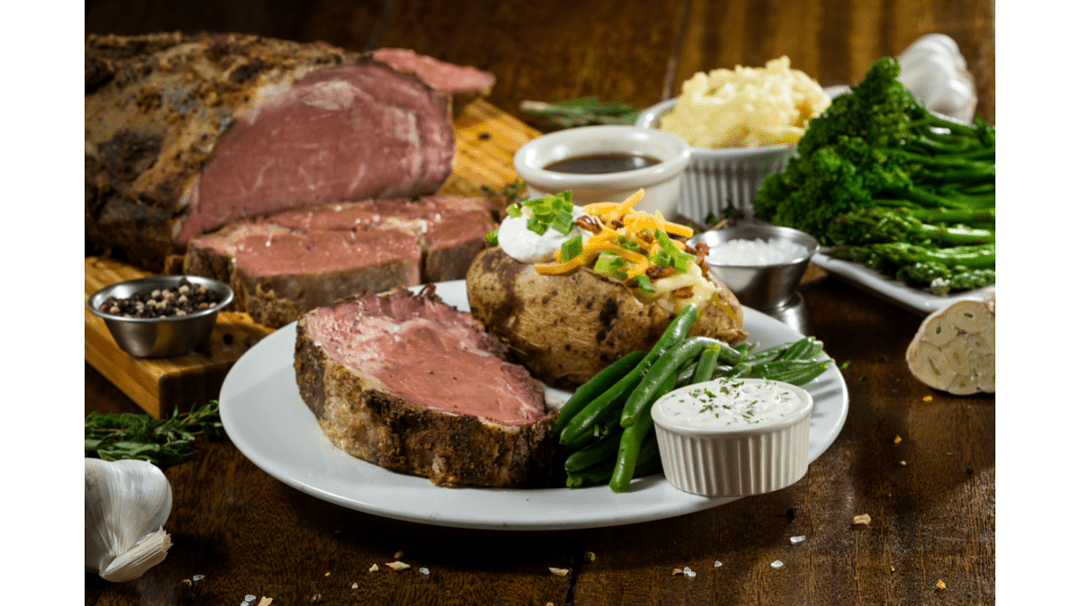Rich Soy Sauce A Deep Dive
Rich soy sauce: the name itself conjures images of umami-rich depths and complex flavors. But what exactly makes a soy sauce “rich”? This exploration dives into the fascinating world of rich soy sauces, examining their unique production methods, diverse flavor profiles, and culinary applications. We’ll uncover the secrets behind their intense taste, exploring everything from traditional fermentation techniques to modern production methods and the key ingredients that contribute to their luxurious character.
From the subtle nuances of regional variations to the bold flavors that elevate countless dishes, we’ll journey through the sensory experience of rich soy sauce, delving into its visual appeal, aromatic complexity, and unforgettable taste. We’ll also look at current market trends and consumer preferences, providing a comprehensive overview of this essential ingredient in global cuisine.
Defining “Rich Soy Sauce”
Rich soy sauce, often called premium or aged soy sauce, stands apart from its lighter counterparts due to its intensified flavor profile, distinct texture, and darker hue. This deep, complex taste results from extended fermentation and the use of specific ingredients. Understanding the nuances of rich soy sauce requires examining its sensory characteristics, production methods, and diverse applications.
Flavor Profile, Texture, and Color of Rich Soy Sauce
Rich soy sauce boasts a umami-rich flavor profile, far more intense than regular soy sauce. It possesses a savory depth, often described as having notes of caramel, molasses, and sometimes even a hint of sweetness. The texture is thicker and more viscous, coating the palate pleasantly. Its color is a deep brown, almost black in some varieties, a stark contrast to the lighter amber of standard soy sauces.
Comparison with Other Soy Sauces
The key difference between rich soy sauce and other types lies in the fermentation process and ingredients. Regular soy sauce typically undergoes a shorter fermentation period, resulting in a lighter color and less complex flavor. Brewed soy sauce, a common type, uses a mixture of wheat and soybeans, while rich soy sauces often emphasize soybeans, leading to a more robust taste.
Tamari, a wheat-free soy sauce, also differs in its production and has a distinct, less sweet flavor.
Types of Rich Soy Sauces
Regional variations significantly influence the characteristics of rich soy sauce. Japanese koikuchi shoyu is a well-known example, characterized by its deep umami and relatively high salt content. Chinese dark soy sauce, often used for coloring and adding depth, is darker and sweeter than its Japanese counterpart. These variations often stem from differences in fermentation times, ingredient ratios, and even the type of fermentation vessels used.
Production Methods of Rich Soy Sauce
The production of rich soy sauce is a meticulous process that can involve both traditional and modern techniques, each impacting the final product’s quality and characteristics. Understanding these methods reveals the complexity behind this flavorful condiment.
Traditional Methods of Rich Soy Sauce Production
Traditional methods emphasize long fermentation periods, often lasting several months or even years. Soybeans and wheat are cooked, mixed with koji (a type of mold), and then allowed to ferment in large vats. This process allows for the development of complex flavors and aromas. The resulting mash is then pressed to extract the soy sauce, and the remaining solids, called okara, are often used as animal feed.
Modern Production Techniques
Modern production methods aim to increase efficiency while maintaining quality. These often involve controlled fermentation environments and more precise monitoring of temperature and humidity. While faster than traditional methods, modern techniques may not always replicate the full complexity of flavor achieved through extended traditional fermentation.
Flow Chart of Rich Soy Sauce Production (Traditional Method)
A simplified flowchart would illustrate the process: 1. Soybean and Wheat Preparation; 2. Koji Inoculation; 3. Fermentation (months/years); 4. Pressing and Extraction; 5.
Pasteurization; 6. Bottling.
Ingredients and their Impact
The key ingredients in rich soy sauce significantly impact its final flavor, aroma, and texture. Understanding the role of each component helps appreciate the subtle differences between various types.
Key Ingredients and their Contribution
Soybeans provide the protein base and much of the umami flavor. Wheat adds sweetness and complexity. Koji, a type of mold, is essential for fermentation, breaking down complex carbohydrates into simpler sugars and contributing to the overall flavor development. Salt acts as a preservative and enhances the taste.
Impact of Varying Ingredient Ratios
The ratio of soybeans to wheat directly impacts the final flavor. A higher proportion of soybeans typically results in a more intense, less sweet flavor, while a higher wheat content leads to a milder, sweeter taste. The salt content also affects the overall balance and intensity of the flavor.
Nutritional Content Comparison
Nutritional content varies depending on the brand and type of rich soy sauce. The following table provides a general comparison (values are approximate and may vary):
| Type | Sodium (mg/tbsp) | Protein (g/tbsp) | Carbohydrates (g/tbsp) |
|---|---|---|---|
| Japanese Koikuchi | ~800 | ~1 | ~1 |
| Chinese Dark Soy Sauce | ~700 | ~0.5 | ~1.5 |
| Tamari | ~900 | ~1.2 | ~0.8 |
Culinary Applications of Rich Soy Sauce
Rich soy sauce transcends a simple condiment; it’s a key ingredient in numerous dishes, enhancing flavors and adding depth. Its versatility shines across various cuisines.
Dishes Featuring Rich Soy Sauce
In Japanese cuisine, rich soy sauce is crucial in braised dishes (nimono), adding depth to stews and simmered meats. In Chinese cooking, it provides color and savory notes to stir-fries and marinades. It’s also used in glazes for meats, adding a beautiful sheen and rich flavor.
You also will receive the benefits of visiting Benjamin Netanyahu Prostate Surgery today.
Recipe Showcasing Rich Soy Sauce
A simple recipe could involve marinating chicken thighs in a mixture of rich soy sauce, ginger, and garlic, then pan-frying or baking until cooked through. The resulting dish is savory, tender, and deeply flavorful.
Rich Soy Sauce in Different Cuisines
Source: sndimg.com
While prevalent in East Asian cuisines, rich soy sauce is increasingly used in Western cooking, adding depth to marinades, sauces, and even used as a finishing touch on grilled meats or vegetables.
Sensory Experience of Rich Soy Sauce
The sensory experience of rich soy sauce is a key factor in its appeal. Its visual characteristics, aroma, and taste combine to create a complex and satisfying culinary experience.
Visual Characteristics
Rich soy sauce presents a deep, dark brown color, often bordering on black. Its viscosity is noticeably higher than regular soy sauce, exhibiting a thicker, syrupy consistency. The clarity can vary depending on the brand and production method, ranging from translucent to slightly opaque.
Olfactory Experience
The aroma is rich and complex, with prominent notes of umami, often accompanied by subtle hints of caramel, molasses, and a slightly sweet undertone. The intensity of the aroma can vary depending on the ingredients and fermentation process.
Gustatory Experience
The taste is intensely savory and umami-forward, with a balanced saltiness and a subtle sweetness. The texture is thick and coats the palate, contributing to a rich and satisfying mouthfeel. The overall taste is complex and layered, offering a deep, lingering flavor.
Storage and Shelf Life
Proper storage is crucial for maintaining the quality and extending the shelf life of rich soy sauce. Factors like temperature, packaging, and exposure to air significantly impact its longevity and flavor.
Proper Storage Guidelines
Store rich soy sauce in a cool, dark, and dry place. Avoid exposure to direct sunlight and extreme temperature fluctuations. Once opened, refrigerate to maintain quality and prevent spoilage. Airtight containers are recommended to minimize exposure to oxygen.
Factors Affecting Shelf Life
Temperature plays a significant role; higher temperatures accelerate spoilage. Exposure to air leads to oxidation, altering the flavor and aroma. The type of packaging also matters; glass bottles generally offer better protection than plastic containers.
Changes Due to Improper Storage
Improper storage can lead to a decrease in flavor intensity, a change in color (possibly fading or darkening), and a potential development of off-flavors. The texture might also become thinner or less viscous. In extreme cases, spoilage can occur, leading to mold growth or unpleasant odors.
Market Trends and Consumer Preferences: Rich Soy Sauce
Consumer preferences and market trends related to rich soy sauce are constantly evolving, driven by factors such as increased awareness of food quality, culinary innovation, and global food trends.
Evolution of Consumer Preferences
Consumer preferences have shifted towards more premium and artisanal food products, including soy sauce. There’s a growing demand for high-quality, naturally fermented soy sauces with complex flavor profiles. Consumers are increasingly seeking information about the ingredients and production methods.
Current Market Trends
The market is witnessing innovations in flavor profiles, with producers experimenting with different ingredients and fermentation techniques to create unique rich soy sauce varieties. The demand for organic and sustainably produced soy sauces is also on the rise. Emerging markets in regions with a growing appreciation for Asian cuisine are contributing to market expansion.
Sales Data and Market Share
Specific sales data and market share information for various rich soy sauce brands are proprietary and often not publicly available. However, it’s safe to say that established brands with strong reputations for quality and traditional production methods tend to hold significant market share.
| Brand | Estimated Market Share (Illustrative) | Region of Focus | Key Selling Points |
|---|---|---|---|
| Brand A | 25% | North America | Traditional fermentation, high quality |
| Brand B | 15% | Asia | Wide variety of flavors, organic options |
| Brand C | 10% | Europe | Premium pricing, focus on sustainability |
Last Recap
Ultimately, rich soy sauce is more than just a condiment; it’s a culinary cornerstone, a testament to the artistry of fermentation, and a reflection of evolving cultural tastes. Whether you’re a seasoned chef or a home cook, understanding the nuances of rich soy sauce unlocks a world of flavor possibilities, allowing you to elevate your dishes to new heights.
So next time you reach for that bottle, take a moment to appreciate the rich history, complex production, and profound impact this remarkable ingredient has on the culinary landscape.







